You can grow your own fresh tomatoes at home in a fun and open way by growing them in containers. But picking the right pot size for your tomato plants will be one of the most important choices you’ll have to make. If you’re wondering what size pot for a tomato plant is best, you will learn everything you need to know about picking the right pot size, the different types of pots, how to care for tomato plants in pots, and how to get the most tomatoes from your plants. You’ll know everything you need to know to grow healthy, productive tomato plants in pots by the end of this guide.
I. Introduction to Container Gardening for Tomatoes
Container gardening is becoming more and more popular, especially among people who live in cities or don’t have a lot of room to garden. When planting in containers, tomatoes do especially well as long as they have enough room to grow. The tomato plants’ root growth, nutrient uptake, and total yield are all affected by the size of the pot you choose. In this guide, we’ll talk about how to pick the right pot size by looking at things like the type of tomato, the depth of the roots, and the weather.
II. Factors to Consider When Choosing Pot Size
1. Type of Tomato Plant
Determinate vs. Indeterminate Varieties:
Determinate Tomatoes: It’s a bush tomato, which means it stays the same size after it sets fruit. They do well in smaller pots because their roots are more closely packed together. Tomatoes like “Patio,” “Roma,” and “Celebrity” are examples. A pot with a diameter of 12 to 14 inches and a capacity of at least 5 gallons (18 to 20 liters) is generally enough for determinate types.
Indeterminate Tomatoes: During the season, these tomato plants keep growing and making food. Because they grow taller and have deeper roots, they need bigger pots. “Beefsteak,” “Heirloom,” and “Cherry” tomatoes are some examples. For uncertain types, a pot that is 18 to 24 inches across and 15 to 20 gallons (57 to 78 liters) in size is best.
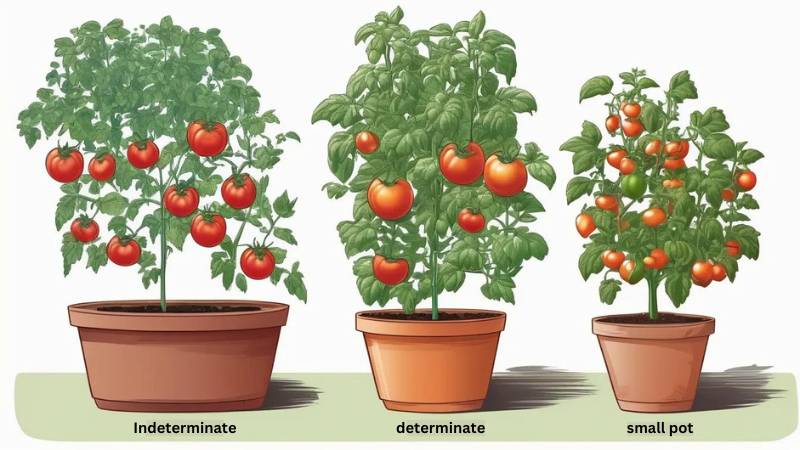
2. Root Depth and Spread
Factors that should be taken into consideration include the depth and distribution of the roots. Most tomato plants have roots that go down up to 2 feet deep, and some roots can spread out crosswise up to 3 feet or more. If the pot is too shallow, the roots may get squished, which can cause root binding, less nutrient absorption, and eventually poor plant health and yield. So, when deciding what size pot for a tomato plant is decide on, make sure it has enough depth and width to fit the plant’s large root system. This will ensure good growth and a plentiful harvest.
III. Recommended Pot Sizes by Tomato Type
Small Varieties (e.g., Cherry, Patio)
- Minimum Pot Size: 12 to 14 inches across, holds 5 gallons (18 to 20 liters).
- Why It Works: Cherry tomatoes and other smaller tomato types grow more closely together and need less space for their roots. These kinds are great for balconies, patios, and other small areas where bigger pots might not work.
- Additional Tips: If you want to encourage healthy root growth, you should make sure the container has adequate drainage and use a potting mix of high quality.
Medium Varieties (e.g., Roma, Bush)
- Recommended Pot Size: 14-18 inches in diameter, 7-10 gallons (26-37 liters).
- Why It Works: The roots of tomatoes of a medium size, such as Roma, require a little bit more space to support them, especially since they tend to produce a larger volume of fruit. The extra soil volume in these pots helps keep the soil wet and gives the plant enough nutrients to last all growing season.
- Additional Tips: Make sure the pot is made of a strong material that can hold the plant’s weight as it grows and produces flowers.
Large Varieties (e.g., Beefsteak, Heirloom)
- Ideal Pot Size: 18-24 inches in diameter, 15-20 gallons (57-78 liters).
- Why It Works: Large tomato varieties, like Beefsteak and Heirloom, have deep roots that need a lot of room to grow properly. The bigger pot size makes sure that the roots have enough room to spread. This lowers the risk of plants getting root-bound, which can slow growth and make less fruit.
- Additional Tips: If you need to move the pot quickly, you might want to use one with built-in handles or a base with wheels.
IV. Material of the Pot
The composition of the container is an important factor in determining the state of health of your tomato plants. Different materials have different qualities that can change how well they hold water, how hot the roots are, and how healthy the plant is generally.
1. Terracotta Pots
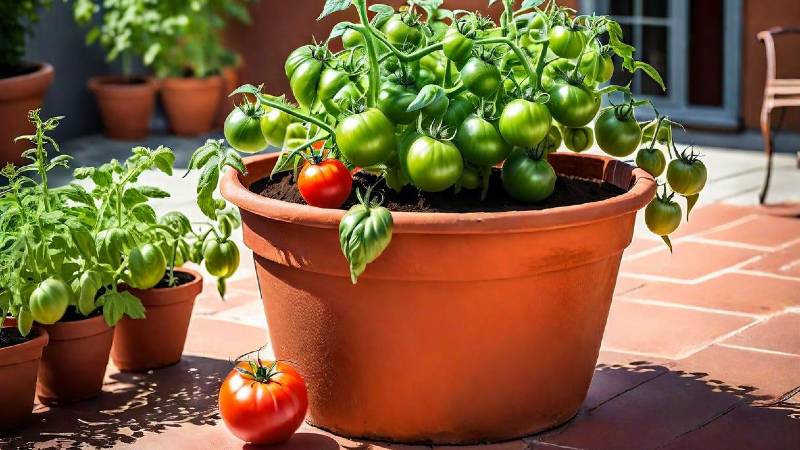
Advantages: Because terracotta is breathable, it lets water drain, which keeps roots from rotting. It also looks nice and classic, and it would look good in any garden or patio.
Disadvantages: Terracotta pots dry out quickly, especially when it’s hot outside, so you’ll have to water them more often. They are also heavier and more likely to break if they get frost on them.
2. Plastic Pots

Advantages: Because they are affordable, lightweight, and have a high capacity to retain moisture, plastic pots are an excellent choice for environments that are hot. There is also a large variety of sizes and colors available for them to choose from.
Disadvantages: Plastic can hold an excessive amount of heat, which raises the risk of the roots becoming overheated in hot weather. There is also the possibility that cheaper plastic pots will deteriorate over time if they are exposed to sunshine.
3. Fabric Pots/Grow Bags
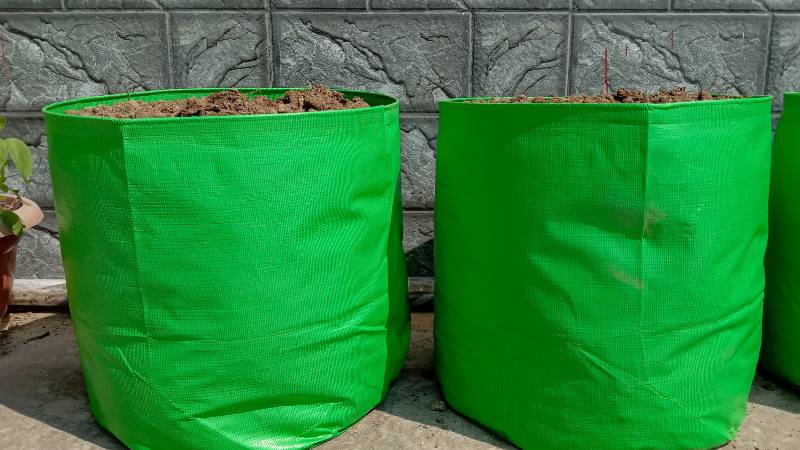
Advantages: Fabric pots, which are often referred to as grow bags, offer superior drainage and aeration, which in turn encourages the development of healthy roots. When not in use, they are not only convenient to store but also quite lightweight. Roots are prevented from circling in fabric pots, which is another factor that might contribute to plants being root-bound.
Disadvantages: Especially when the temperature is high, fabric pots need to be watered more frequently than other types of gardening containers. Additionally, they might not provide as much support for plants that are taller, which would necessitate additional staking or caging.
V. Pot Drainage and Soil Considerations
Drainage
Importance of Drainage Holes: For tomato plants to be healthy, proper drainage is absolutely necessary. The failure to provide sufficient drainage might result in water pooling at the bottom of the container, which can lead to root rot and other fungal infections. When selecting a container, it is essential to ensure that it has multiple drainage holes that will allow any surplus water to escape.
Improving Drainage: You might want to add more draining holes to your pot if it doesn’t already have enough. Putting soil or broken pottery at the bottom of the pot before adding soil is another way to help water drain.
Soil for Potted Tomatoes
Choosing the Right Soil: It is important that the soil you use in your containers should be light, have good drainage, and be abundant in organic matter. The best potting mix for vegetables is one that is of good quality. Don’t use garden soil because it might be too heavy and have pathogens in it that could hurt your plants.
Avoiding Soil Compaction: Root growth can be inhibited by soil that is compacted, which also reduces the amount of oxygen that is available to the roots. Using fresh potting mix each season and avoiding recycling soil from prior years is the best way to prevent soil from becoming compacted.
Soil Volume Chart: Here’s a quick reference for the amount of soil needed for various pot sizes:
5-gallon pot: Approximately 0.69 cubic feet of soil.
10-gallon pot: Approximately 1.39 cubic feet of soil.
15-gallon pot: Approximately 2.08 cubic feet of soil.
VI. Placement and Maintenance
1. Sunlight Needs
Sunlight Requirements: This plant needs at least 6 to 8 hours of direct sunshine every day to grow well. Make sure that your containers are placed in a bright area, such as a balcony or patio that faces south. If there is a lack of sunlight, considering utilizing grow lights as a supplement to natural light is a good idea.
Moving Pots: If your pots are situated in an area that receives an excessive amount of sunlight during the period of the day that is the hottest, you should think about relocating them to a site that has partial shade or using shade cloth to prevent the plants from sunburn.
2. Watering Your Tomato Plants
Consistent Moisture: Tomatoes grown in pots need constant moisture to keep the fruit from splitting or cracking. Allow the water to reach the bottom of the pot when you water the plants. Do not let the dirt dry out all the way between waterings.
Avoiding Overhead Watering: By keeping the leaves dry, watering at the base of the plant helps keep it from getting fungal diseases. Soaker hoses or drip watering systems are great ways to get water straight to the roots.
3. Support Structures
Stakes and Cages: Tomato plants that don’t grow to a certain length will need extra support as they grow. Put a tomato cage or stake in the pot when you put the tomato so that you don’t have to move the roots later. The support structure helps the plant stay upright and stops it from falling over as it gets bigger and full of fruit.
4. Fertilization
Feeding Your Tomatoes: Regular fertilization is important for tomatoes grown in pots because they can’t get nutrients from soil as easily as tomatoes grown in the ground. You can use a balanced fertilizer that dissolves in water or a slow-release powdered fertilizer made just for tomatoes. Follow the directions from the manufacturer for how often and how much to apply.
Fertilizing Schedule: During the growth season, fertilize your tomato plants about every two to four weeks to make sure they get enough nutrients.
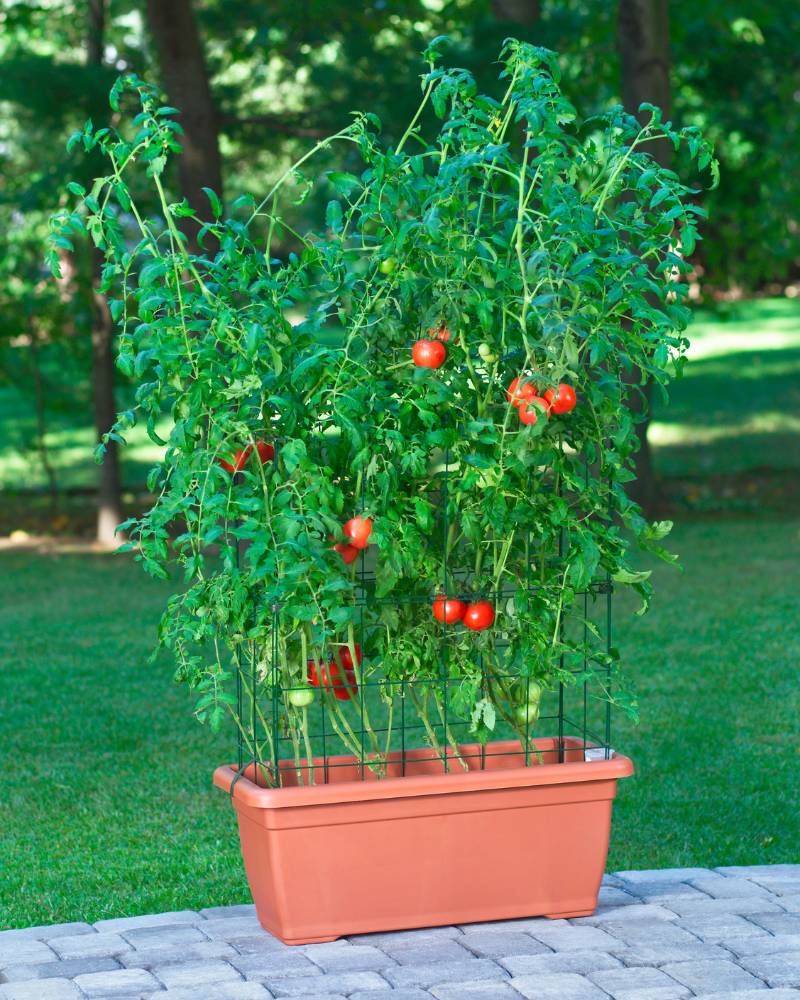
VII. Common Pitfalls and How to Avoid Them
1. Overheating in Dark Pots
Heat Management: Pots that are dark, especially those made of plastic, can soak up and hold more heat, which could cause the roots to get too hot. This can make the plants stressed out and make them less productive. To help with this, you could use light-colored pots or put the pots somewhere where they will get some shade during the hottest parts of the day.
Insulating the Pot: Overheating can also be avoided by insulating the container with materials such as bubble wrap or by employing a technique known as double potting, in which a smaller container is placed inside of a bigger container with insulation material placed in between the two types of containers.
2. Underestimating Root Space
Importance of Proper Pot Size: If you put your tomato plant in a pot that is too small for it, the roots may get twisted up as they go around the inside of the pot. This makes it harder for the plant to take in water and nutrients, which slows its growth and makes it less likely to produce flowers.
Transplanting: If you see that your tomato plant isn’t doing well, it might be time to move it to a bigger pot. For indeterminate varieties, this is especially important because they need a lot of room to grow their big roots.
3. Inconsistent Watering
Consequences of Inconsistent Watering: Fluctuations in soil moisture can cause issues such as blossom end rot, fruit splitting, and reduced yield. To keep tomato plants healthy, you need to water them regularly.
Using Mulch: Putting mulch on top of the soil in your pots can help them keep water and cut down on how often you have to water them. Organic mulches are great, like grass clippings, straw, or chopped leaves.
Conclusion
Choosing the right pot size for your tomato plants is important to make sure they grow well, develop strong roots, and produce lots of fruit. You can easily grow tomatoes in containers, even in small areas, as long as you pay attention to the needs of your tomato variety, pick the right pot material, and give your plants regular care. This guide will help you get the most out of your tomato plants, whether you’re growing cherry tomatoes on a balcony or beefsteak tomatoes on a patio. You can enjoy fresh, homegrown tomatoes all season long.
In conclusion, the topic of what size pot for a tomato plant has been extensively discussed, with the goal of delivering comprehensive knowledge and useful advice to gardeners of all experience levels. Your tomato plants will have the best chance of thriving and producing a harvest that is both delicious and bountiful if you choose the appropriate size of pot for them.
FAQ’s
Can Tomatoes Grow in 3-Gallon Pots?
It is possible to grow small, determinate tomato types in a 3-gallon pot, but most gardeners don’t suggest it. The plant may not be able to grow as tall or make as many fruits because its roots don’t have enough room. For most tomato types, you should use at least a 5-gallon pot.
What Size Pot for Tomato Seedlings?
Small pots or seedling boxes can be used to start tomato seedlings. But once they get a few sets of true leaves, they should be moved to bigger pots—ideally ones that are at least 4 to 6 inches in diameter—so they can keep growing before being moved to their final, bigger pot.
How Many Tomato Plants Can Be Grown in One Pot?
For the purpose of ensuring that the tomato plant has sufficient space and resources to flourish, it is generally advised that only one tomato plant be planted in each container. When you put too many plants in one pot, they may compete for water, nutrients, and light, which can hurt their health and lower their yield.
Read Article
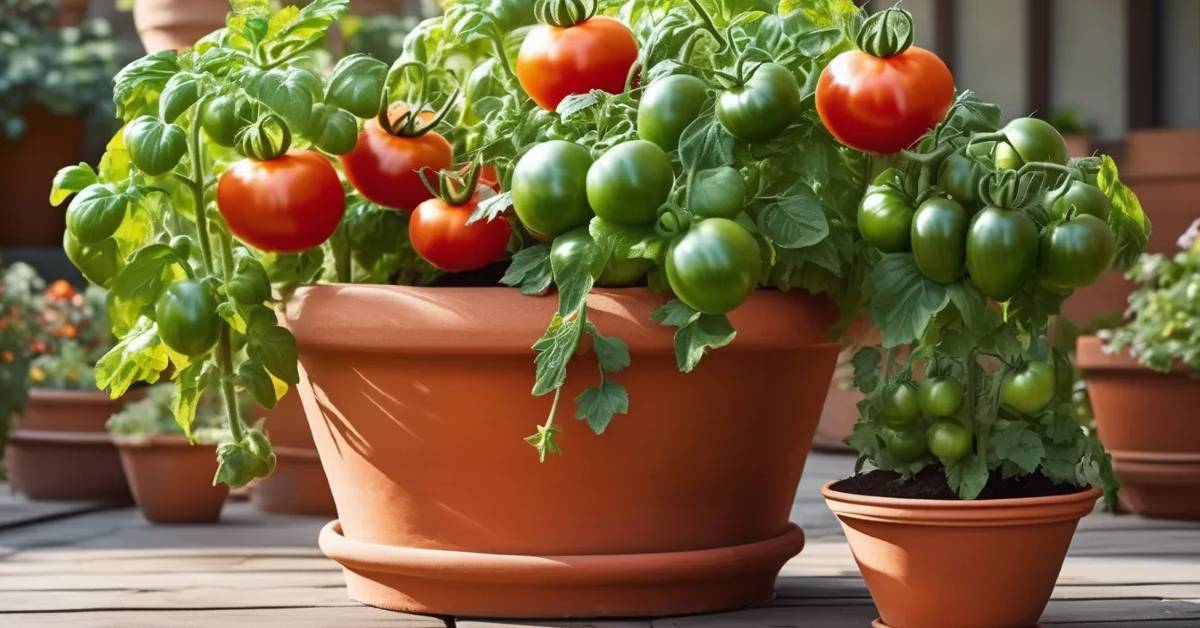
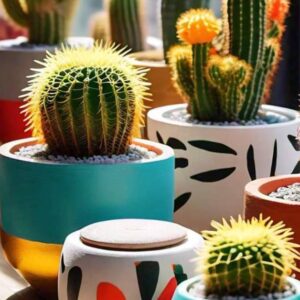
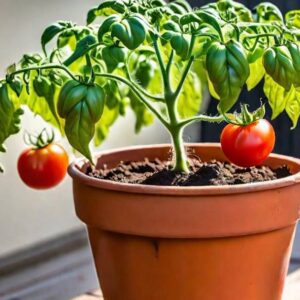
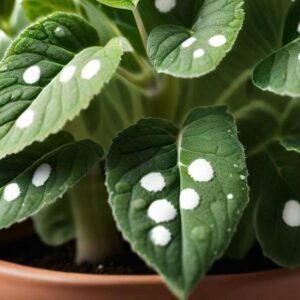
Pingback: Bridal Spirea Plants: 7 Must-Know Secrets for Thriving Plants
Pingback: How Big of a Pot for Tomato Plants - Back Gardener